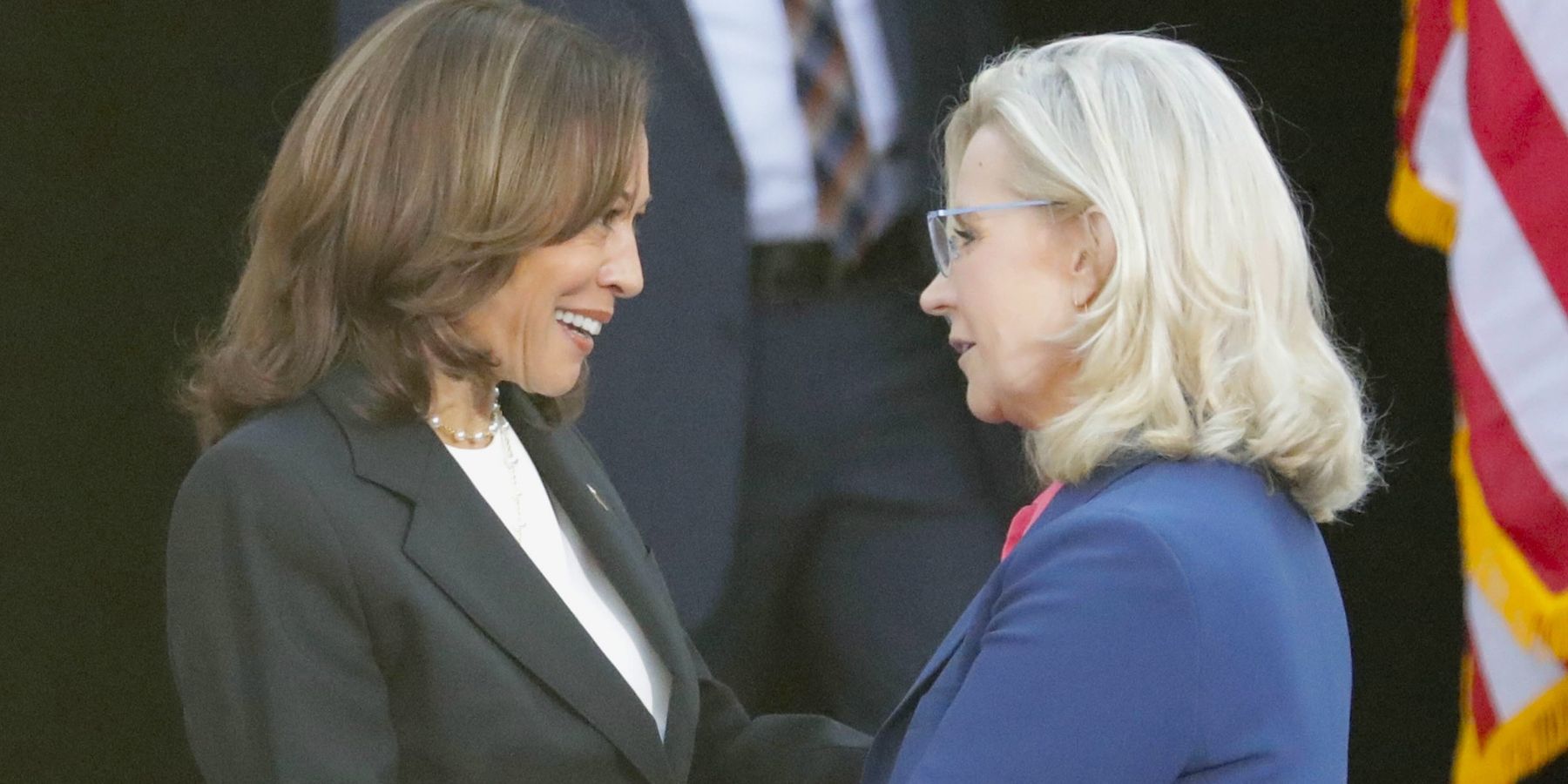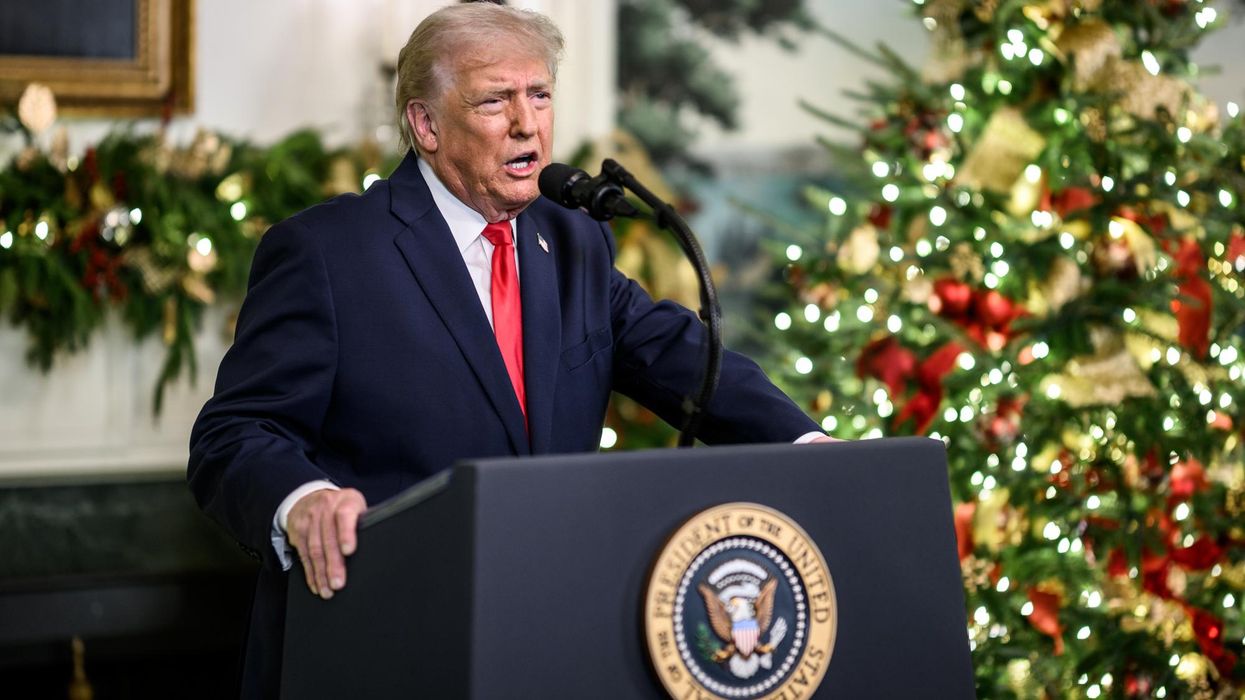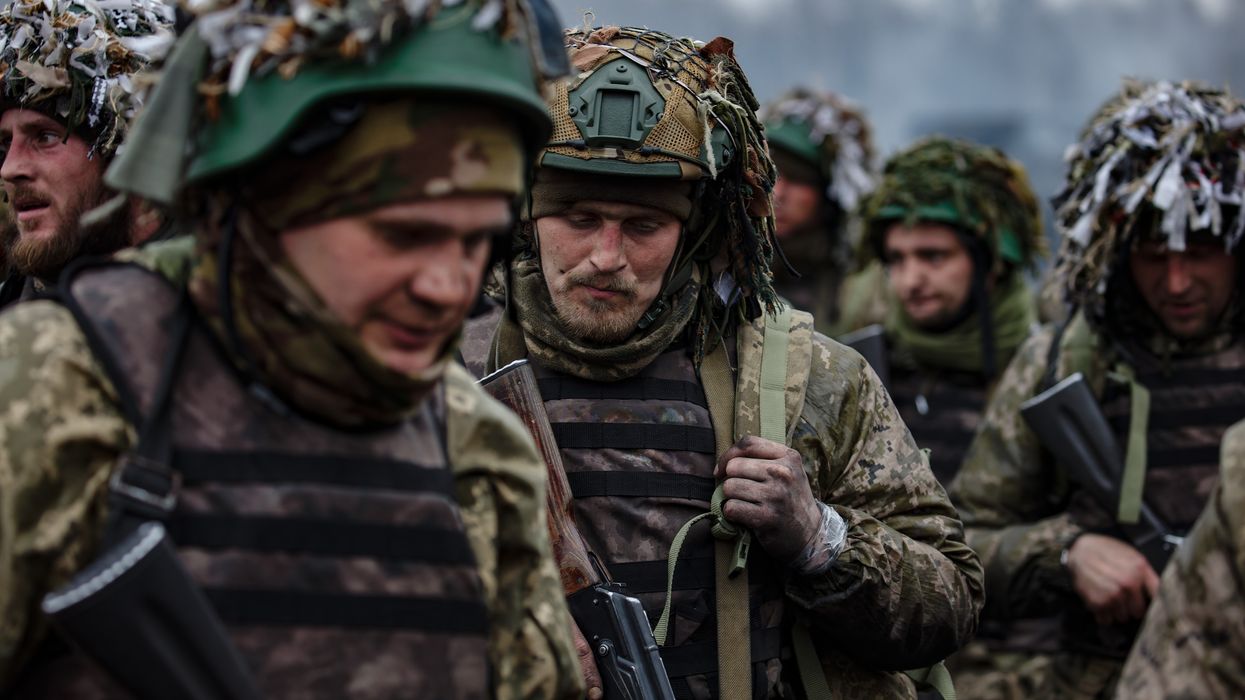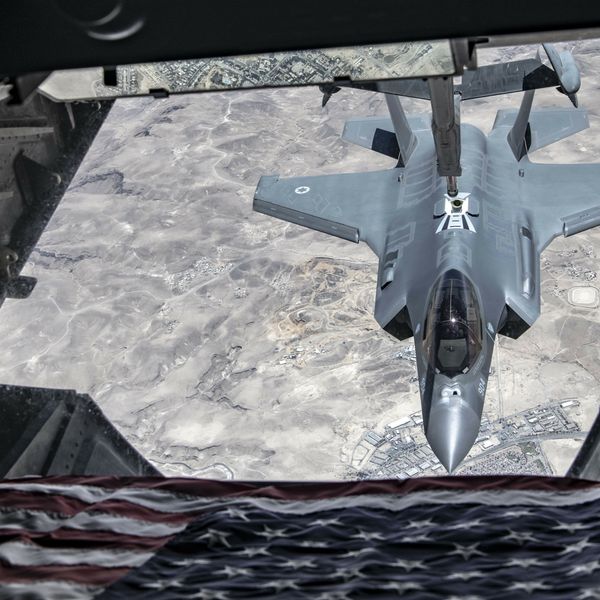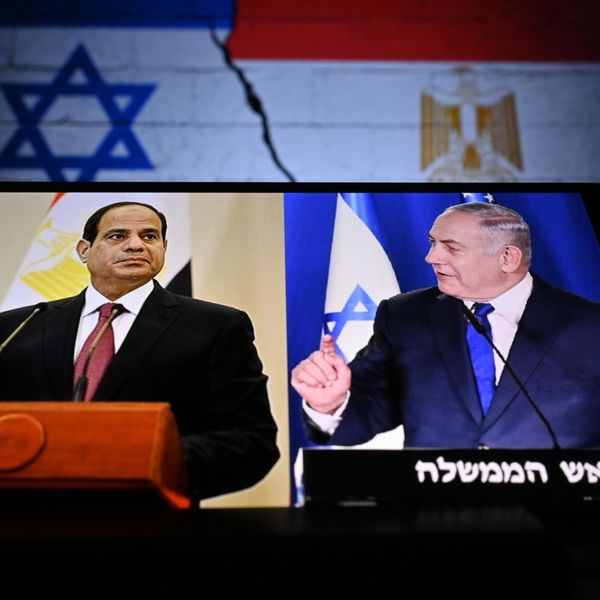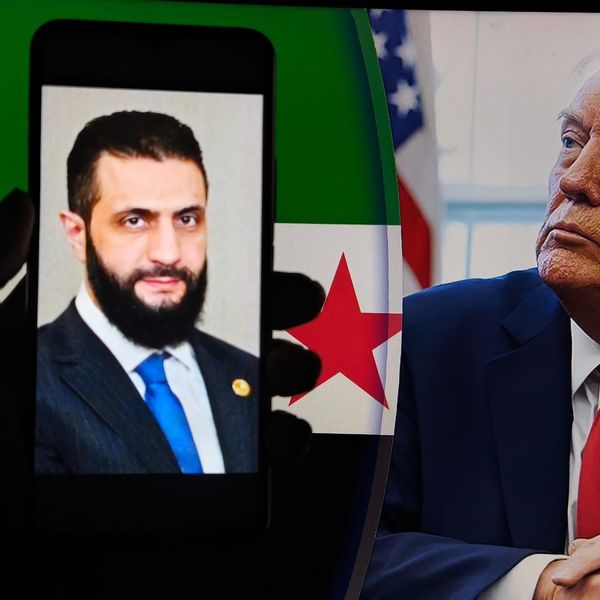"What's happened to the Democrats? They used to be antiwar!" Such is one of the many questions being bandied about by an online commentariat seeking to make sense of a litany of Republican endorsements of Kamala Harris, many of them made by party elites known for their hawkish foreign policy like former Wyoming Representative Liz Cheney and former Vice President Dick Cheney.
One could find similar consternation with American liberals’ support for U.S. involvement in the Ukraine crisis. The confusion is based primarily on nostalgia, a selective view of history that obscures the Democratic Party’s longer, more complicated relationship with interventionism.
The reality is quite different: what we are witnessing is the latest iteration of an ongoing intraparty struggle where the dominant liberal interventionist core asserts itself over a smaller progressive noninterventionist periphery. While the latter often dominates popular conceptions of the Democratic Party and its vision for American foreign affairs, the former drives the reality of party politics.
This has been happening since the First World War, best encapsulated by the public debate between Columbia professor John Dewey and one of his students, writer Randolph Bourne. While both were considered liberals of a progressive stripe, they maintained opposing views on American entry into Europe's conflagration.
Known for his adherence to philosophical pragmatism, Dewey asserted that the war could save the world from German militarism and be used to shepherd the American political economy toward a fairer, managed state. Bourne rejected this notion and argued that American entry into the war would undermine the egalitarianism of the larger progressive project and create a labyrinth of bureaucracies that would undermine democracy.
While Dewey’s arguments held sway as the United States entered the war, American involvement in Europe’s quarrel, compounded by civil rights abuses at home, proved Bourne posthumously correct.
Despite succumbing to the Spanish Flu in 1918, Bourne’s views of the war, bolstered by the posthumous publication of a collection of essays entitled Untimely Papers, found fertile soil in an American society horrified by the conflict. Chastened by the realities of the Western Front, interwar progressivism took on a solid strain of pacifism and opposition to centralized authority.
While Bourne's sentiments survived the Great War and inspired a postwar mood of non-interventionism, they would not survive America's subsequent entry into World War II, which set the tone for the foreign policy of American liberalism and, by extension, the Democratic Party for the next 30 years.
Liberal interventionism won out in the face of a threat posed by the distinctly right-wing geopolitical threat in the form of the Axis powers. Except for a few strident leftwing pacifists and a few dissident liberals who took refuge with the Republican Right, the bulk of the formerly pacifist left took up the cause of intervention in the name of antifascism.
The tone set by the Second World War carried through into American liberalism's conduct of the Cold War. Beneath the din of anti-communism, one often amplified by conservatives, American foreign policy was shaped by a liberal understanding of recent history and the origins of communism. President Harry Truman's eponymously titled doctrine entangled the United States in Europe's security architecture.
After the Eisenhower administration, which solidified the Truman doctrine and expanded it to the Middle East and Southeast Asia, the Cold War framework was thickened further still by a liberal cold warrior, President John F. Kennedy.
Empowered by a materialist and universalistic view of human advancement and the belief that the U.S. had fallen behind the Soviets, JFK pursued a policy known as “flexible response” that expanded American military spending beyond the bounds of nuclear deterrence. These policy changes, maintained under his successor, President Lyndon Johnson, and coupled with a dramatic increase in foreign aid spending, expanded U.S. commitments throughout the postcolonial world.
This combination of asymmetric warfare and economic development drastically raised the stakes of the Cold War and led directly to U.S. entry into the quagmire of the Vietnam War.
Contrary to nostalgia present the Kennedy era as a missed path towards peace, in reality, JFK continued America on a path of war-making and militarization laid out by his predecessors and stretched well beyond the deaths of the slain Kennedy brothers.
While the Vietnam War was the product of Cold War liberalism, it was also its undoing. The horrors of the war, coupled with the inequities of the draft and government secrecy revealed, inspired a mass antiwar movement among the heretofore latent progressive left that found a resonant audience on Capitol Hill.
Earlier antiwar works from the left, including that of Randolph Bourne, were revived for a youth movement radicalized against the war. This movement similarly inspired subsequent debates during the late Cold War, particularly on the issue of the Reagan administration’s arming of the Contras in Nicaragua and intervention in the Angolan Civil War. The future seemed bright for a left-wing anti-war sensibility and its access to a Democratic Party that was amenable to its views.
However, the collapse of the Soviet Union, internal changes within the Democratic Party, and the subsequent birth of a new logic for humanitarian interventionism subsumed the ruptures caused by the Vietnam War. While the Democrats indeed offered notable resistance to Operation Desert Storm, often invoking the specter of Vietnam, congressional Democrats provided significant support to U.S. operations in Somalia and interventions in the former Yugoslavia.
During the Clinton administration, inspired by retrospectives on the Holocaust compounded by the Rwandan genocide, the notion of a “responsibility to protect,” the concept that the U.S. had the moral obligation to use force to prevent mass atrocity, took hold within elite liberal circles.
Due to these competing impulses, Democratic opposition to the Global War on Terror was checkered and paired by a left-wing anti-war movement that, in retrospect, was a shadow of its Vietnam-era self. While, as with Iraq War I, Democrats posted noticeable opposition to Iraq War II, such opposition was overshadowed by the fact that Democratic leadership, especially in the Senate, acquiesced to a war spearheaded by a Republican administration.
Three of the last five Democratic presidential nominees — then Senators John Kerry, Hillary Clinton, and Joe Biden — voted in support of using military action against Iraq. President Obama won in 2008 in part because he publicly opposed war in Iraq before it began and campaigned on ending that war. While he advanced that sentiment by pursuing diplomacy with Iran and opening up to Cuba, he also launched interventions into Libya, Syria, and Yemen, often sold on the grounds of a “responsibility to protect.”
Much like the liberal rationale of interventions past, American involvement was justified on humanitarian grounds and met largely with Democratic acquiescence in Congress and voter apathy.
Liberalism has entered a new wave of internal strife regarding America’s role in the world. In a new era of great power competition, the progressive base of the Democratic Party has come out hard against unconditional U.S. support for Israel’s war in Gaza and Lebanon. It has also shown varying degrees of opposition to U.S. involvement in the Ukraine crisis. Yet, unlike the Vietnam era, this grassroots opposition has been unable to substantively influence Democratic politics, where a party elite clings to old views about upholding international norms and alliances, no matter how inconsistent or counterproductive those views in practice may be.
Given this intraparty divide, it should not be surprising that the Harris campaign has courted the endorsement of hawkish Republicans.
This history, however, should not be viewed as determinative of an inevitable path forward. The past has shown that these impulses are not static but held by individuals determined to shape the future.
- Harris' aversion to talks with dictators is more Bush than Obama ›
- Cheney, architect of endless war, helped kill our faith in leaders | Responsible Statecraft ›

